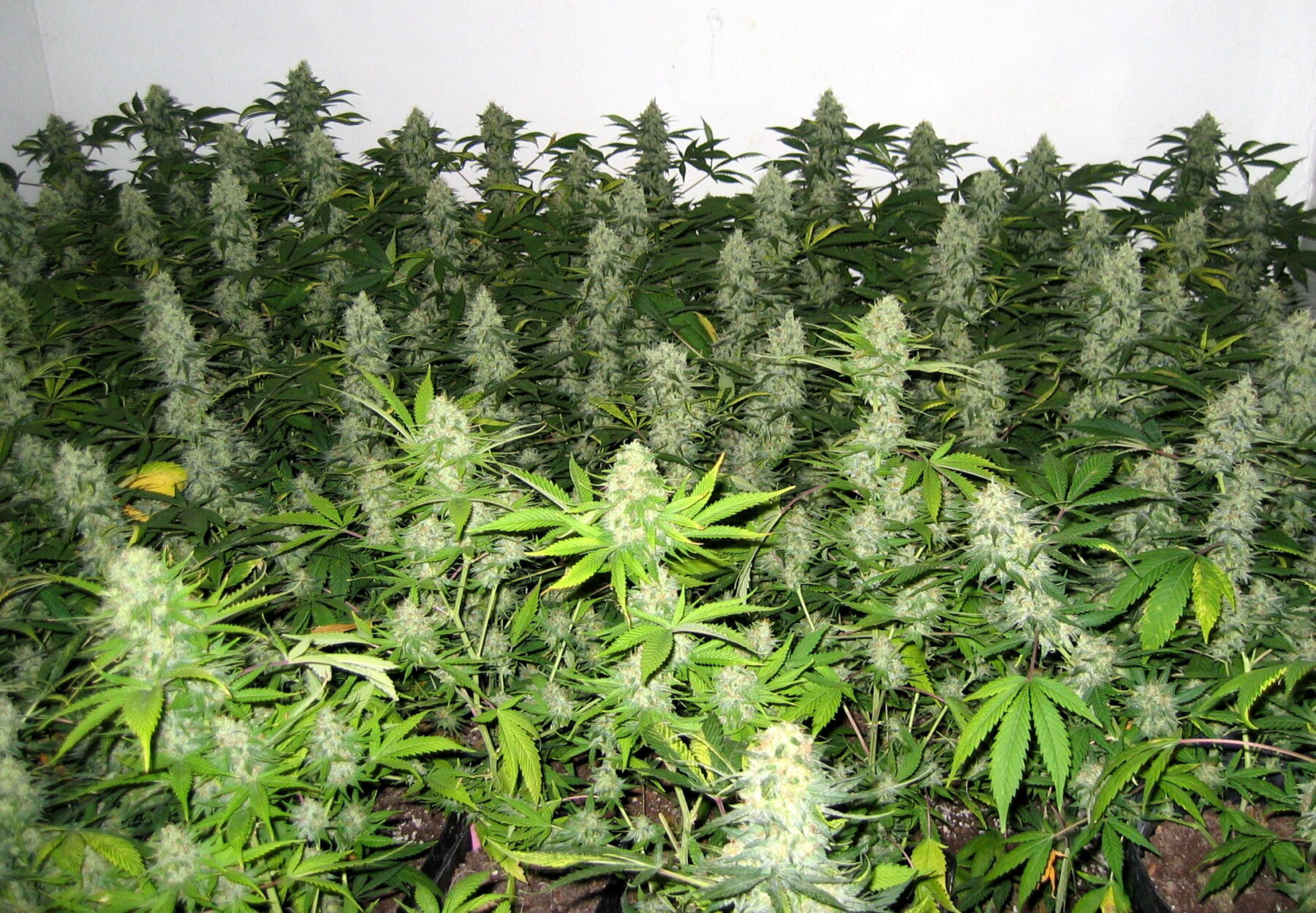News
Cannabis and the Environment: How It Affects Climate Change and Sustainability
As the legalization of cannabis continues to spread, it’s important to consider the environmental impacts of this burgeoning industry. The production of cannabis has a significant carbon footprint, and steps must be taken to make the industry more sustainable. In this article, we’ll explore how cannabis affects climate change and sustainability, and discuss potential solutions for a greener future.
Carbon Footprint of Cannabis Production

Cannabis cultivation is known to have a significant carbon footprint, with indoor cultivation being the most energy-intensive. Indoor grow operations require high levels of lighting, heating, and ventilation to maintain optimal growing conditions, all of which consume large amounts of energy. According to a study by the Lawrence Berkeley National Laboratory, cannabis cultivation accounts for 1% of the nation’s electricity use, which is equivalent to the energy consumption of 1.7 million homes. This massive energy consumption results in a significant carbon footprint, contributing to greenhouse gas emissions and climate change. In addition to the energy required for cultivation, the production of cannabis also requires large amounts of water, which can put a strain on local water resources, particularly in areas where water is already scarce. As the cannabis industry continues to grow, it is essential to find ways to reduce the carbon footprint of cannabis production and increase sustainability in the industry.
Sustainable Cannabis Cultivation

Sustainable cannabis cultivation is becoming increasingly important as the cannabis industry continues to grow. Outdoor cultivation is an eco-friendly alternative to indoor cultivation as it uses natural sunlight and reduces the need for energy-intensive artificial lighting. Not only does this lower energy usage and costs, but it also reduces the carbon footprint of cannabis production. The use of renewable energy sources such as solar and wind power can further reduce the environmental impact of cannabis cultivation. Water conservation techniques such as drip irrigation and rainwater harvesting can also help to reduce water usage. By implementing sustainable cultivation practices, the cannabis industry can contribute to the fight against climate change and promote a more sustainable future.
Packaging and Waste Reduction
The packaging and waste associated with the cannabis industry have raised concerns regarding the environmental impact. Cannabis products are typically packaged in plastic containers or bags, which are not easily biodegradable and can contribute to the growing problem of plastic waste. However, some cannabis companies are exploring alternative and more sustainable packaging options, such as biodegradable materials made from hemp or other plant-based sources. In addition to sustainable packaging options, recycling programs, and waste reduction initiatives can also help to minimize the environmental impact of cannabis packaging. For example, some dispensaries have implemented recycling programs that encourage customers to return empty containers for reuse or recycling. Overall, reducing packaging waste in the cannabis industry can significantly reduce the environmental impact and help promote sustainable practices.
Hemp as a Sustainable Alternative

Hemp, a strain of the cannabis plant, is emerging as a sustainable alternative to traditional materials in various industries. Hemp has the potential to replace wood pulp in paper production, reducing deforestation and carbon emissions. Textiles made from hemp are durable, comfortable, and environmentally friendly, as they require less water and energy to produce compared to cotton. Hempcrete, a building material made from hemp fibers and lime, is a renewable and carbon-negative alternative to traditional concrete. Moreover, hemp-based biodegradable plastics can be used to reduce plastic pollution and greenhouse gas emissions. What makes hemp an even more sustainable option is that it requires fewer resources to grow, such as water and pesticides, compared to other crops. By utilizing hemp in various industries, we can promote sustainability and reduce our environmental impact.
Carbon Sequestration
Cannabis plants have a remarkable ability to absorb carbon from the atmosphere, thanks to their photosynthetic process. A study conducted by Colorado State University found that hemp crops can sequester up to 22 tons of carbon per hectare, making them a valuable tool in the fight against climate change. The carbon sequestration potential of cannabis is not limited to just the plant itself, as the fiber from the hemp plant can also be used to create sustainable building materials like hempcrete. This material is carbon negative, meaning it absorbs more carbon than it produces during the manufacturing process. Additionally, the use of cannabis for bioremediation can help to remove toxins from contaminated soil and water, further promoting sustainability and environmental health. While the cannabis industry has faced criticism for its carbon footprint, it is important to recognize the potential benefits of this plant in mitigating climate change and promoting sustainability.
Advocacy for Environmental Sustainability
The cannabis industry has the opportunity to lead the way in environmental sustainability by adopting sustainable practices and promoting sustainable policies. As consumers, we can also make a difference by supporting companies that prioritize sustainability and advocating for sustainable policies. By doing so, we can help to reduce the industry’s carbon footprint and minimize its impact on the environment. One example of sustainable practices is utilizing renewable energy sources such as solar, wind, or hydropower. Additionally, cannabis companies can participate in carbon offset programs to help offset their carbon emissions. Supporting these initiatives can have a significant impact on the environment, and the industry as a whole must prioritize sustainability to create a more environmentally conscious future.
The Future of Cannabis and Sustainability
The future of cannabis and sustainability is promising. As the industry grows, there is a unique opportunity to prioritize sustainability and reduce its environmental impact. One important step is the adoption of sustainable cultivation practices, such as using organic fertilizers, minimizing water usage, and using renewable energy sources like solar power. Additionally, reducing waste through recycling and composting can significantly reduce the industry’s carbon footprint. Another way to promote sustainability in the cannabis industry is to explore the use of hemp, which has a wide range of applications, from textiles to biofuels. By supporting sustainable practices and advocating for change, consumers can play an essential role in creating a greener future for the cannabis industry. With continued efforts, the industry can become a leader in environmental sustainability and contribute to mitigating the effects of climate change.
A Call for Sustainability and Eco-Friendly Practices
The cannabis industry has the potential to be a force for positive change in the fight against climate change and environmental degradation. By prioritizing sustainable practices and exploring new, eco-friendly technologies, the industry can help to mitigate its impact on the planet. As consumers, we can also play a role in driving this change by supporting sustainable companies and advocating for a greener future.














